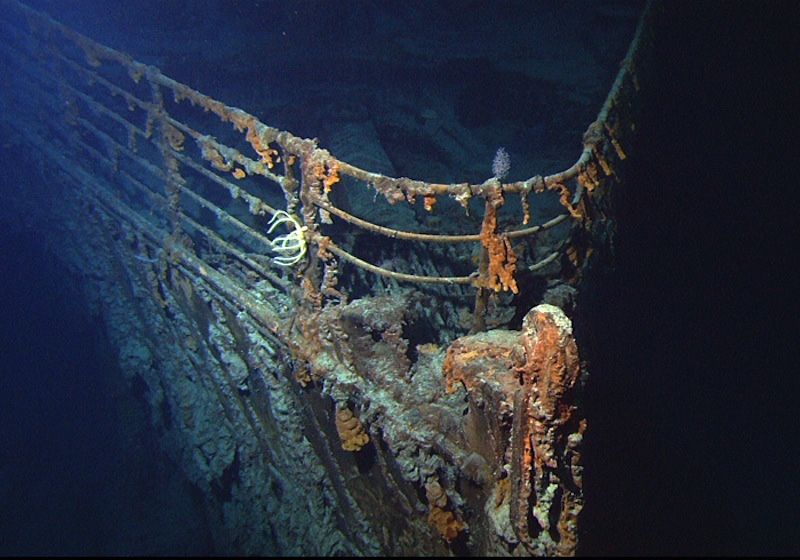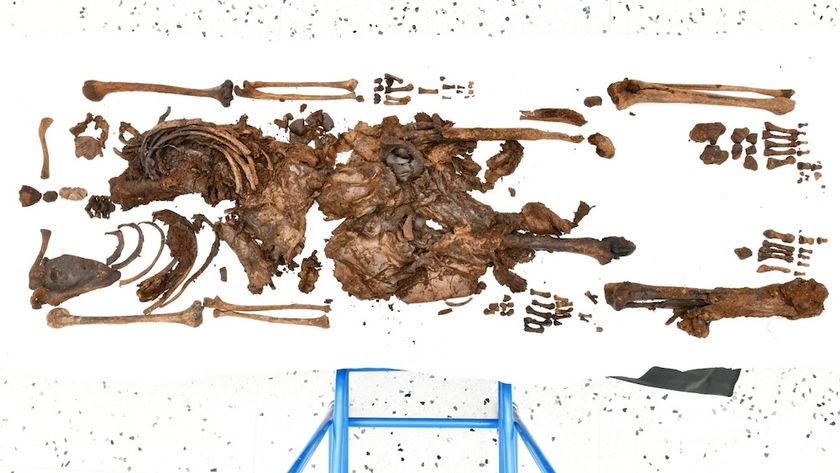Private Dives to Explore Titanic Shipwreck Announced

On the night of April 14, 1912, the massive RMS Titanic cruise ship — the largest active passenger liner of its time — crashed into an iceberg, sinking just hours later to the bottom of the North Atlantic Ocean. More than 1,500 people died in the disaster.
Now, more than 100 years later, those with a sense of adventure (and enough money) may be able to explore this famous, storied shipwreck. The London-based luxury travel company Blue Marble Private, along with OceanGate Inc., have announced an eight-day excursion for nine individuals that will begin in 2018.
Up to four adventurers at a time will cozy up inside the Cyclops 2 submersible, made of titanium and carbon fiber, and dive some 2.5 miles (4,000 meters) to get an up-close view of the Titanic wreck. The estimated cost is $105,129 a person, according to CNN.
"We will spend about three hours exploring the wreck, focusing mostly on the bow section, the most impressive part of the wreck. Gliding over the ship's deck, our powerful exterior lights will illuminate the cavern where [the] Titanic's famous grand staircase was once located," according to a description from OceanGate. "Your dive may explore the remains of the iconic bridge where the famous order 'Hard a' starboard and full speed astern' was uttered, or explore Titanic's massive debris field, home to numerous artifacts strewn across the ocean floor, nearly undisturbed for over a century." [Watch the Titanic Sink in Real Time (Video)]
The first excursion, which will depart from the coast of Newfoundland, Canada, is slated for May 2018, with more dives expected the following year, according to Blue Marble. Scientific surveys will also be conducted during the excursion, as part of the Titanic Survey Expedition, aimed at fully documenting and modeling the shipwreck.
Original article on Live Science.
Sign up for the Live Science daily newsletter now
Get the world’s most fascinating discoveries delivered straight to your inbox.
Jeanna Bryner is managing editor of Scientific American. Previously she was editor in chief of Live Science and, prior to that, an editor at Scholastic's Science World magazine. Bryner has an English degree from Salisbury University, a master's degree in biogeochemistry and environmental sciences from the University of Maryland and a graduate science journalism degree from New York University. She has worked as a biologist in Florida, where she monitored wetlands and did field surveys for endangered species, including the gorgeous Florida Scrub Jay. She also received an ocean sciences journalism fellowship from the Woods Hole Oceanographic Institution. She is a firm believer that science is for everyone and that just about everything can be viewed through the lens of science.
Most Popular




